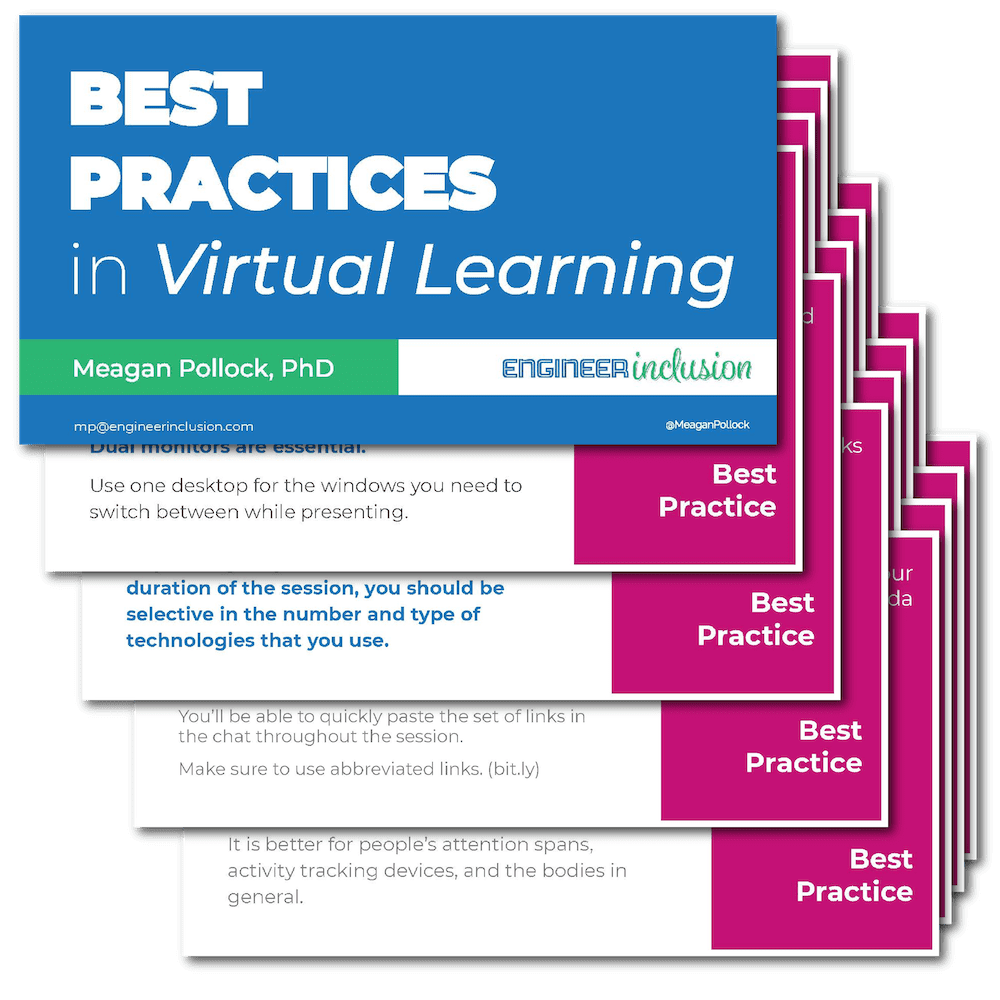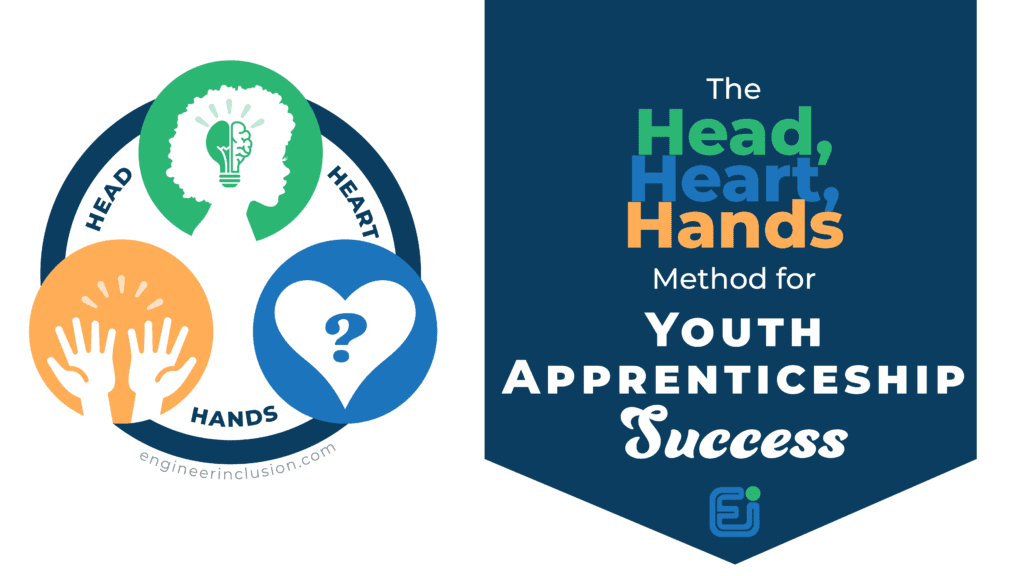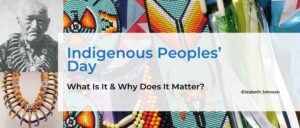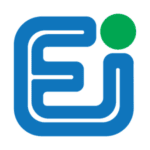This post shares some of my observations, best practices, and tools for virtual learning. You’ll find a recorded recap from a virtual workshop (~45m), handouts, resources, references, and more.
Virtual instruction isn’t new, but 2020 made it a new norm across the globe. Though I’d occasionally taught professional development online over the last decade, the pandemic forced me to adapt all of my services to a virtual setting.
As a facilitator for diversity, equity, and inclusion, it is crucial to practice global listening. Global listening is the ability to be sensitive to subtle stimuli from others, including how they respond to what you say and the environment itself. Consider this reading a room, monitoring how it changes in response to you, and adjusting appropriately, which is remarkably challenging in a virtual setting.
During virtual learning, you aren’t able to be a “fly on the wall” as you walk the room, tuning into conversations but not interrupting. The lack of information can prevent you from making meaningful connections for the learners and drawing out and addressing misconceptions. As a result, conversations have a tendency not go as deep as they can, and should. Someday, we’ll be able to do face-to-face trainings again, but in the meantime, finding solutions to mimic the preferred environment is imperative.
As an engineer, I always think about process, order, and efficiency and continuously seek modifications and solutions to reach desired outcomes, and in this case, active learning, inclusive instructional strategies, and an accessible learning environment. Through a naturally iterative process for improvement, I’ve learned a few things over the last year and I want to share them with you!
Tips and best practices span the following:
- How to set up your desk and screens.
- Tips for making the sharing of resources more efficient
- How to set the stage for your learning environment
- Inclusive and accessible practices
- How to mimic chart paper and post-it notes
- Tips for facilitating inclusive and equitable dialogue
Watch a Webinar
This is a recap from a live virtual workshop entitled: “Best Practices for Virtual Learning.” It’s about 43 minutes long, and walks through and demonstrates “Digital Chart Paper” using Google Slides, and Jamboard.
Download the List of Best Practices
Resources Shared in the Webinar
- Google Slides "Digital Chart Paper" Template (make a copy and make it your own)
- Google Jamboard
- Screen recording on how to use Zoom Annotation (embed this in your slides)
- What is Round Robin Brainstorming?
- What is Constructivist Listening?
- Rose/Thorn/Bud Reflection Image
- Zoom's Tips and Tricks for Educators
- Active Student Engagement in Online STEM Classes: Approaches and Recommendations












